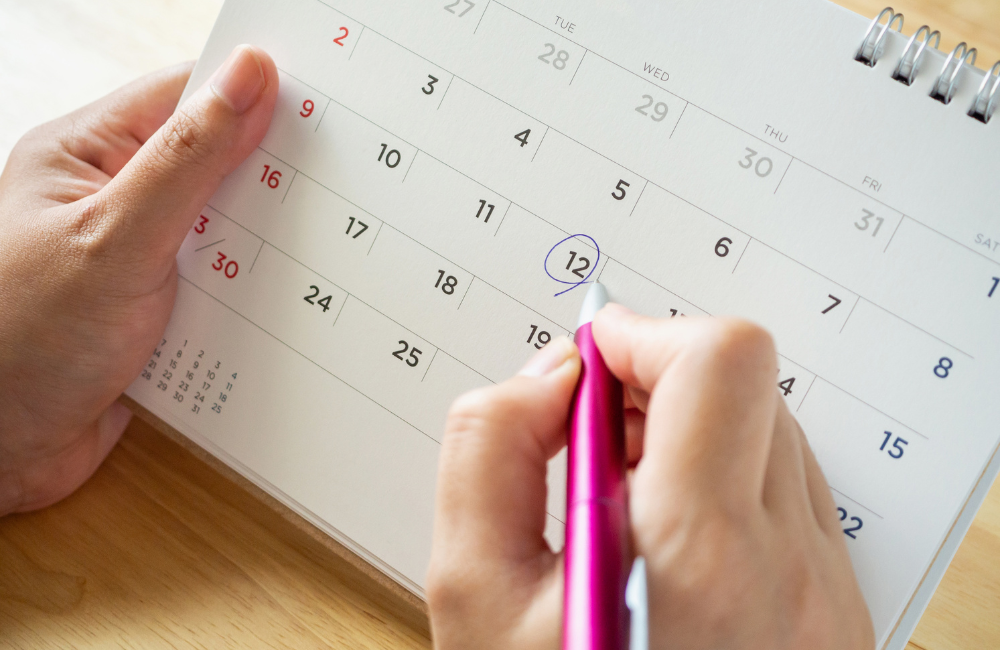If you’re anything like me, you’ve probably made a decision—maybe even a big one—and within moments, felt the pull to change your mind. Suddenly, the “what ifs” and “maybes” creep in, and before you know it, you’re back to square one, second-guessing yourself and feeling stuck. Then you beat yourself up, wondering, “Why am I so indecisive?”
Let me tell you, this is such a relatable challenge. This cycle of indecision and self-doubt is especially common for ADHD minds like ours. Our brains thrive on constant “newness”, so committing to a single path can feel like locking ourselves in a box when every other option still seems possible (and even exciting).
So what do you do?
First: Reframe the Problem
Not being able to make decisions is not It’s not about follow-through alone; it’s about clarity. If you’re constantly second-guessing, it might mean your initial decision wasn’t fully aligned with what you need or want. That’s a key to why we feel so indecisive, and that’s okay! Don’t beat yourself for being a human with ADHD. Instead, let’s re-center and focus on what matters most.
Step 1: Anchor Your Decision in Your Core Values

One of the best books I have read this year is The Values Factor by Dr. John Demartini . In the book, he highlights what core values are and why they are so important in helping us make better decision. You can read more about core values in this post.
So, the first step is to get crystal clear about what truly matters to you. When you make decisions based on your values. it’s easier to quiet the doubts because you know you’re aligned with what’s most important to you.
Ask yourself:
- What is my biggest priority right now? (E.g., mental health, financial stability, personal growth)
- Does this decision align with that priority?
For example, if your mental health is your top priority, choosing a path that reduces stress—even if it feels risky—may ultimately be the best choice. If financial stability is key, sticking with a stable job might make more sense. When you tie your decisions to your values, they start to feel like the right ones.
Step 2: Set a Time-Bound Checkpoint

Here’s the truth: you don’t have to stick with your decision forever. But you do need to stick with it long enough to see if it works. This can help avoid the “why am I so indecisive” question that often pops up.
To counteract the urge to switch, set a time limit for your decision—say, 30 days—and promise yourself that you won’t second-guess or pivot until that time is up. Write it down, put it in your planner, or tell someone you trust.
When doubts creep in (and they will), remind yourself that you can reevaluate at the end of the 30 days.
This trick works because it removes the pressure of forever and gives you space to focus on the present.
Step 3: Build Accountability Into Your Plan

Accountability is the secret for follow-through. Share your decision with a friend, partner, or even a community. Tell them, “I’ve decided to stick with this for 30 days, and I’d love your help staying on track.”
Sometimes, just knowing someone else is rooting for you (or checking in) can make all the difference and help you understand why you are so indecisive sometimes.
Step 4: Create a Mini-Plan for Your Current Path

One reason we second-guess ourselves is that the path we’ve chosen feels overwhelming. A decision can feel huge and scary until you break it into smaller, manageable steps.
Ask yourself:
- What’s one thing I can do this week to make this decision easier?
- How can I set myself up for success in the short term?
For example:
- If you’ve decided to stay in your current job, commit to leaving work at a set time each day or saying no to extra tasks.
- If you’re launching a business, start with one small milestone—like creating a single product or posting a new blog post.
Small wins build momentum and make it easier to follow through.
Step 5: Give Yourself Permission to Revisit

Sometimes, we second-guess ourselves because we feel like we’ve locked in a decision permanently. But here’s the thing—you always have permission to change course later. Having this option may answer the “why am I so indecisive” dilemma.
Tell yourself, “I’ll reassess in 30 days. If this decision isn’t working, I’ll make a new one.” Knowing you can revisit the choice gives you the freedom to stop overthinking and focus on the present.
Reflection Questions for You
Here are a few prompts to help you anchor your decision:
- What’s my top priority right now?
- Does this decision align with my current values and goals?
- How can I break this path into smaller, manageable steps?
- Who can I ask for accountability or support?
Final Thought
Samantha, second-guessing yourself doesn’t mean you’re doing something wrong—it means you’re human. The key is to create a structure that helps you trust your decisions and stick with them long enough to see results.
Here’s the deal: You don’t have to do this perfectly. Progress, not perfection, is what matters.
If you’re ready to take the first step, try writing down your next decision and the checkpoint you’ll use to reevaluate. Your future self will thank you
Are you tired of second-guessing yourself? Download our free decision-making worksheet to help you anchor your next choice in your core values and stick with it for 30 days.






